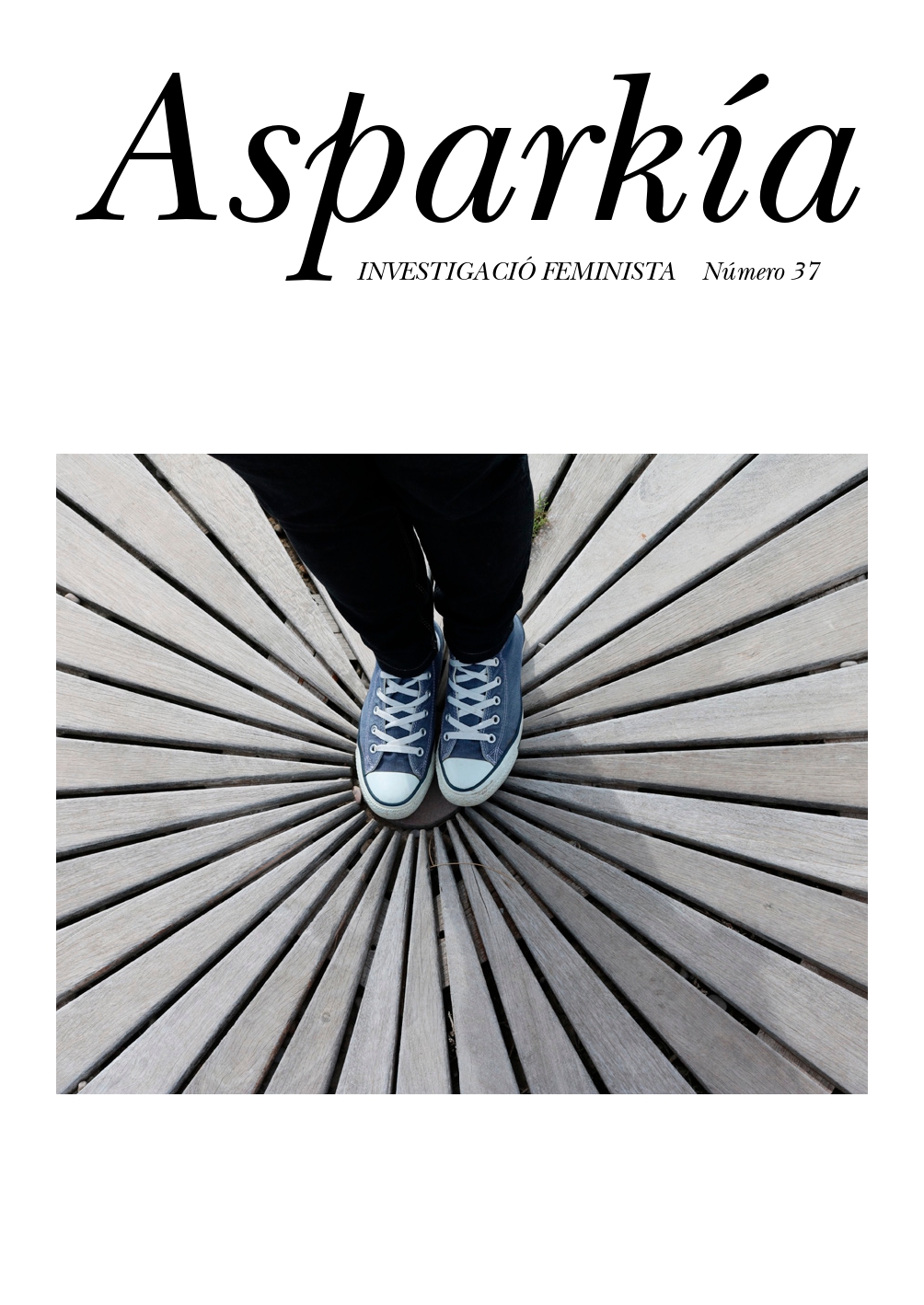ARTE Y MITO: EL PODER FEMENINO-MASCULINO DE LA DIOSA EGIPCIA Y SU RELACIÓN LA DOBLE SEXUALIDAD PSÍQUICA DEL SER HUMANO.
##plugins.themes.bootstrap3.article.main##
Resum
La mitología egipcia refleja un complejo de oposiciones que se relaciona con el carácter bisexual del ser humano a través del poder femenino-masculino de las diosas de la antigüedad, traduciéndose en símbolos universales como la unión de los contrarios o el ser andrógino, símbolos vivos animados por su significado, donde la unión de lo masculino y lo femenino integran nuestra esencia más profunda.
Veremos qué significado tienen estos símbolos que aparecen en todas las tradiciones sagradas, en una búsqueda simbólica tanto interior como exterior y como elevarían nuestros patrones de pensamiento a un nivel arquetípico propiciando la penetración de la fuerza de la diosa en nuestra consciencia, intentando conocer a través de estos procesos las relaciones psicológicas que influyen en el ser humano, siendo su verdadero propósito el descubrimiento de una verdad más profunda, liberándonos de las limitaciones prácticas inmediatas y percibiendo lo mistérico a través de la sublimación del sexo.
Descàrregues
##plugins.themes.bootstrap3.article.details##
Referències
Cambell, Joseph. (1992). Las máscaras de Dios: Mitología creativa, Madrid: Alianza Editorial.
Cambell, Joseph. (1991). Las máscaras de Dios: Mitología oriental, Madrid: Alianza Editorial.
Chevalier, Jean. Gheerbrant, Alain. (1999). Diccionario de los símbolos. Barcelona: Heder.
Descharnes, Robert y Néret, Gilles. (2006). Salvador Dalí 1904-1989, Boonn: Taschen.
Dunn Mascetti, Manuela, (1990). Diosas. La canción de Eva. Barcelona: Ediciones Robinbook.
Franz, Marie-Louise von Franz. (1999). Alquimia. Introducción al simbolismo. Barcelona: Océano.
Jaffé, Aniela, Jung, Carl Gustav. Franz, Marie-Louise von. Henderson, Joseph. Jacobi, Jolande. (1997) El hombre y sus símbolos, Barcelona: Col. Biblioteca Universal nº 3, Caralt.
Jung, Carl Gustav. (1993a). Las relaciones entre el yo y el inconsciente. Barcelona: Col. Biblioteca de Psicología Profunda nº 114, Paidós.
Jung, Carl Gustav. (1993b). La psicología de la transferencia, Barcelona: Col. Biblioteca Profunda nº 6, Paidós.
Jung, Carl Gustav. (1995). AION. Contribución a los simbolismos del sí-mismo. Barcelona: Col. Biblioteca de Psicología Profunda nº 113, Paidós.
Jung, Carl Gustav. (1996). Recuerdos, sueños, pensamientos. Barcelona: Col. Biblioteca Breve, Seix Barral.
King, Francis. (1993). Magía, Madrid: Debate.
Korotkov, Konstantin. (2015). La energía de la consciencia, Barcelona: Ediciones Obelisco.
Lamy, Lucie. (1993). Misterios egipcios, Madrid: Debate.
Mahon, Alyce. (2009). Surrealismo, Eros y política, 1938-1968, Madrid: Alianza Editorial.
Manley, Bill. (2004). Los setenta grandes misterios del antiguo Egipto, Barcelona: Blume.
Mitchinson, David. (1981). Henry Moore. Escultura, Barcelona: Polígrafa, Barcelona.
Pérez de Carrera, Eduardo. (2004). 49 Respuestas a la aventura del pensamiento, tomo I. Madrid: Fundación Argos.
Reckitt Helena y Phelan, Peggy. (2005). Arte y feminismo, Barcelona: Phaidon Press Limited.
Roob, Alexander. (1997). El museo hermético. Alquimia & Mística, Madrid: Taschen.
Solana, Guillermo. (2009). Lágrimas de Eros, Madrid: Museo Thyssen-Bornemisza.
V. V. A. A. (2010). Espejos del yo, Imágenes arquetípicas que dan forma a nuestras vidas, Barcelona: Kairós.
Warr, Tracey. y Jones, Amelia. (2006). El cuerpo del artista, Londres: Phaidon.
Willis, Roy. (1993). Mitología. Guía ilustrada de los mitos del mundo. Madrid: Debate.
Zuffi, Stefano. (2001). Arte y erotismo. La fascinante relación entre arte y Eros, Milán: Electra.


